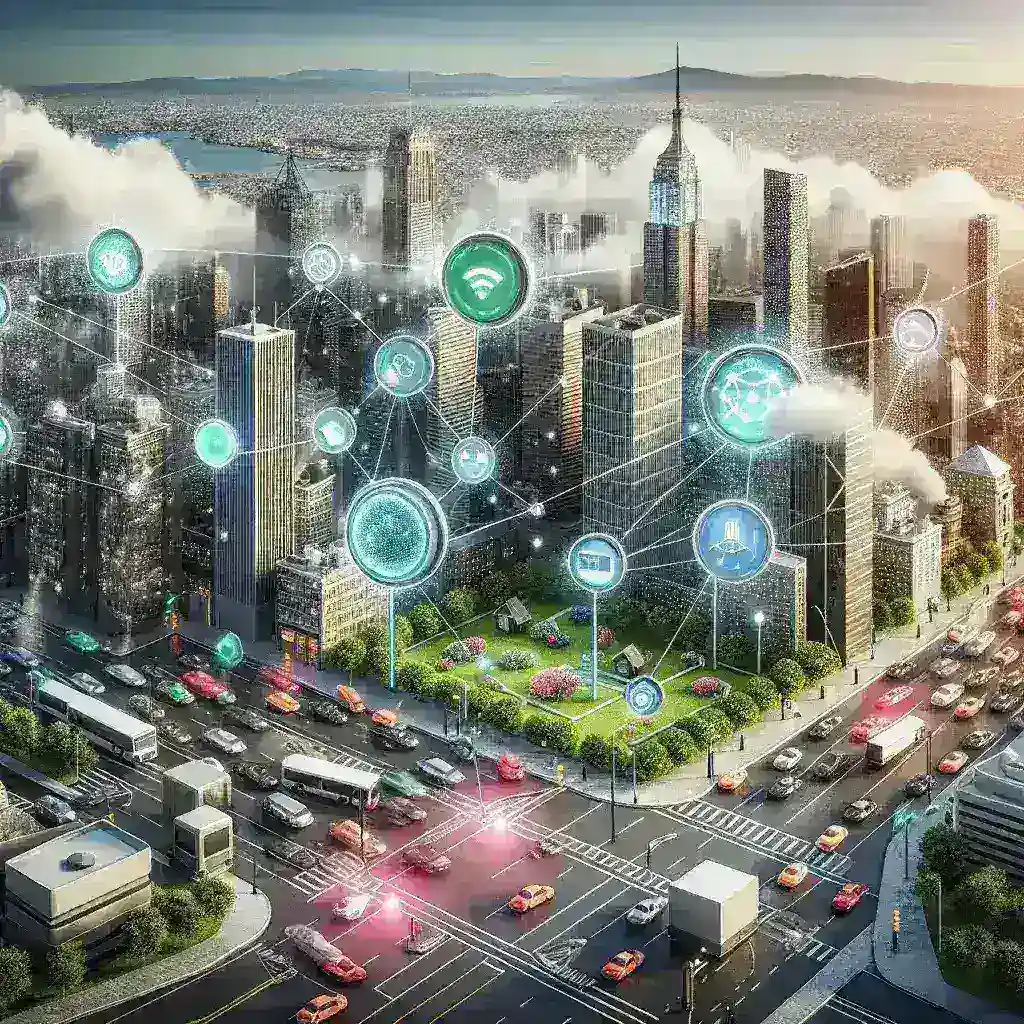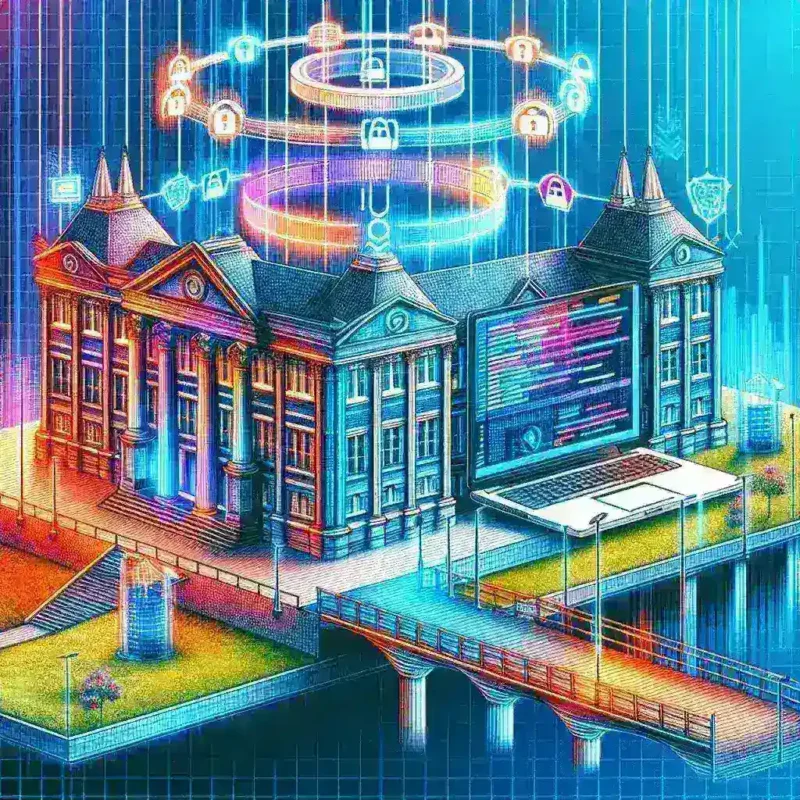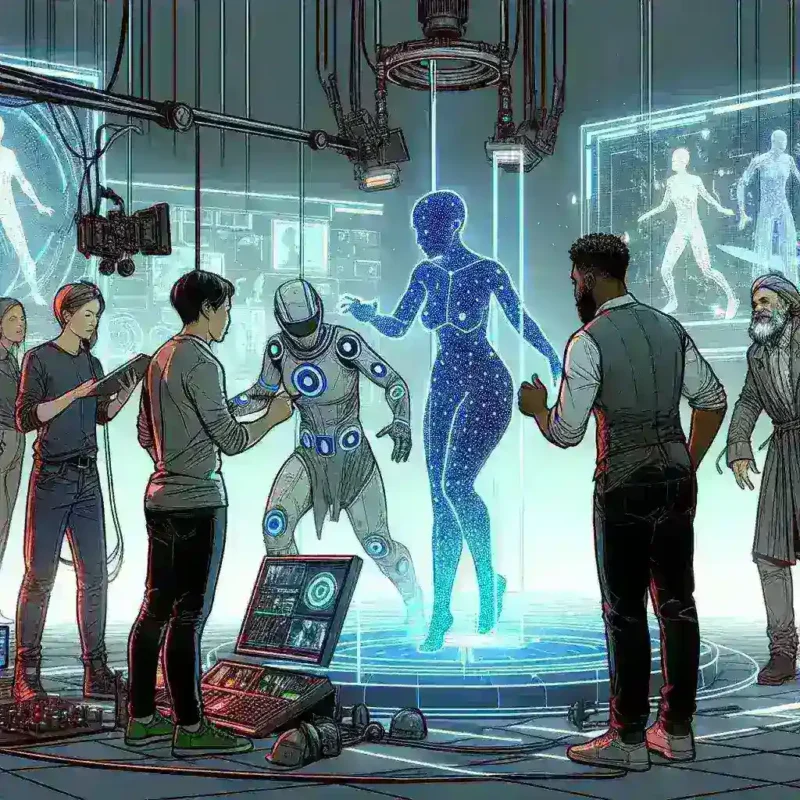Nvidia Unveils AI-Powered Edge Devices for Smart City Deployments
In a significant leap towards smarter urban environments, Nvidia has recently announced its new range of AI-powered edge devices, specifically designed for smart city deployments. This innovative technology promises to revolutionize how cities manage resources, monitor safety, and enhance the quality of life for residents. With urban populations continuously growing, the need for efficient infrastructure and smart solutions has never been greater.
The Genesis of Smart Cities
Smart cities are urban areas that utilize various types of electronic methods and sensors to collect data. The goal is to improve operational efficiency, share information with the public, and enhance the quality of government services. Historically, the concept of smart cities has evolved alongside technological advancements, with the Internet of Things (IoT), big data analytics, and AI playing pivotal roles in their development.
The Role of AI in Smart Cities
Artificial intelligence has become a cornerstone of smart city initiatives. By analyzing vast amounts of data collected from numerous sensors and devices, AI can facilitate real-time decision-making that can improve traffic flow, optimize energy usage, and enhance public safety. Nvidia’s latest announcement highlights its commitment to integrating AI technology into urban management systems.
Features of Nvidia’s Edge Devices
Nvidia’s AI-powered edge devices are equipped with advanced capabilities that set them apart from traditional solutions. Some of the key features include:
- Real-time Data Processing: These devices can process data instantly at the edge, reducing latency and allowing for immediate responses to urban challenges.
- Scalability: Designed to be easily integrated into existing city infrastructure, these devices can scale as the city’s needs grow.
- Enhanced Security: With built-in security protocols, Nvidia’s edge devices ensure that data remains secure and private.
- Energy Efficiency: The devices are designed to minimize energy consumption, aligning with global sustainability goals.
- AI-Powered Analytics: Cities can benefit from predictive analytics powered by AI, allowing for better planning and resource allocation.
Applications in Smart City Deployments
The applications for Nvidia’s edge devices in smart city deployments are vast and varied. Here are a few prominent examples:
Traffic Management
AI-powered edge devices can analyze traffic patterns in real-time, providing essential insights to manage congestion and improve mobility. By optimizing traffic signals and offering real-time updates to drivers, cities can reduce commute times and lower emissions.
Public Safety
With enhanced surveillance capabilities, these devices can monitor public spaces to detect potential threats. AI algorithms can analyze video feeds to identify unusual behaviors or situations, enabling rapid response from law enforcement agencies.
Environmental Monitoring
Nvidia’s devices can also track environmental conditions, such as air quality and noise pollution. By collecting and analyzing this data, cities can implement measures to improve public health and enhance the overall living environment.
Historical Context of Nvidia’s Innovations
Nvidia has a rich history of innovation in the field of computing and graphics, which has naturally extended into AI and machine learning. The company has been at the forefront of developing technologies that empower smart city solutions. Previous advancements, such as the introduction of the Nvidia Jetson platform, laid the groundwork for their latest edge devices, showcasing their commitment to creating intelligent systems.
Future Predictions for Smart Cities
As urban areas continue to evolve, the reliance on AI and edge computing will only increase. Experts predict that by 2030, the majority of cities worldwide will have fully integrated smart technologies. Nvidia’s announcement is a significant step towards realizing this vision, making it imperative for other industry players to innovate and adapt to survive.
Pros and Cons of AI-Powered Edge Solutions
While the advantages of AI-powered edge devices are compelling, it is essential to consider the potential drawbacks:
Pros:
- Improved Efficiency: Real-time data processing enhances operational efficiency.
- Data-Driven Decisions: AI analytics provide actionable insights for better governance.
- Cost Savings: Optimized resource management can lead to significant cost reductions.
Cons:
- Privacy Concerns: Increased surveillance raises questions about data privacy.
- Implementation Costs: Initial investments in technology can be high for cities.
- Dependence on Technology: Over-reliance on AI systems may lead to vulnerabilities.
Expert Insights
Industry experts emphasize the importance of responsible deployment of AI technologies. Dr. Jane Smith, an urban technology researcher, states, “The integration of AI in urban infrastructure must be done thoughtfully. We have the opportunity to create safer, more efficient cities, but we must also prioritize ethical considerations and public trust.”
Conclusion
The announcement of Nvidia’s AI-powered edge devices marks a pivotal moment in the evolution of smart cities. As urbanization accelerates, integrating advanced technologies will become crucial in shaping the future of urban living. With the potential to enhance everything from traffic management to public safety, Nvidia’s innovations are set to lead the charge in creating smarter, more sustainable cities worldwide.



